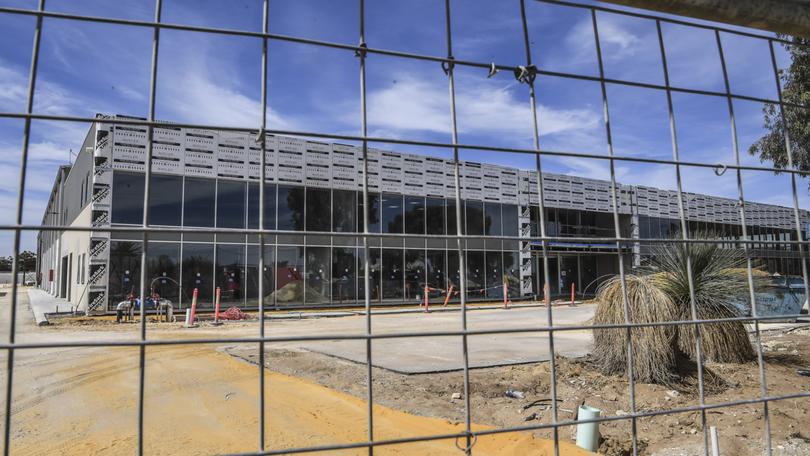‘Zombie’ dwelling numbers skyrocket across the nation as doomed projects linger in limbo

A report released today by KPMG showed the percentage of dwellings approved but not yet commenced in the December quarter was 9.4 per cent higher than the previous year.
Sydney and Melbourne had the largest number of projects awaiting commencement, and almost 80 per cent of those were apartments and units - a much-needed category of housing in both cities, particularly in the increasingly expensive rental market.
KPMG Urban Economist Terry Rawnsley said it was unclear if the projects were still going to be eventually built, or if they had been shelved altogether.
Sign up to The Nightly's newsletters.
Get the first look at the digital newspaper, curated daily stories and breaking headlines delivered to your inbox.
By continuing you agree to our Terms and Privacy Policy.“We don’t know whether some of this is literally delayed or if there are some sort of zombie projects in there that might never come to fruition,” Mr Rawnsley said.
He said that given building approvals in March were low - down 7.3 per cent for the year according to the Australian Bureau of Statistics - it should mean the backlog of unstarted dwellings was easing.
“But the fact is kind of stuck at where it is or trending upwards a bit - it shows that there’s still commercial feasibility challenges facing the sector.”
Among those challenges were an ongoing impact from supply constraints during COVID, planning delays and a shortage of skilled labour in the industry, Master Builders Australia chief executive Denita Wawn said.
“Labour shortages are currently the biggest challenge for the industry. We need to see more efforts to drive industry-led apprenticeships, prioritise skilled migration and reskill migrants already in the country,” Ms Wawn said. “Simply put it’s too expensive and takes too long to build in Australia.”
“Labour shortages are currently the biggest challenge for the industry,” Master Builders Australia chief executive Denita Wawn said.
She said the federal government’s plan to build 1.2 million homes by 2029 would not come to fruition without changes from all levels of government.
“At a state level we need to accelerate planning reform, address high developer charges and ensure there’s enough critical infrastructure to give the industry a better chance to reach our housing targets,” she said.
“Ongoing changes to Australia’s interest rates throughout 2024 will have a significant influence on the direction of the economy and investment decisions in the housing market.”
interest rates had an impact not only on people wanting to buy a home but on developers’ ability to build homes. Pic: Shutterstock
“If you are kind of looking to buy something off the plan as due for completion in six months, there’s probably a lot more confidence about that coming to fruition than maybe 12 or 18 months ago when the supply chain was still pretty lumpy and impacted by the hangover from COVID.”
The rest of New South Wales including its smaller cities and regional areas had the third highest number of unstarted projects, and Mr Rawnsley said that was also likely impacted by developers holding off on starting apartments and townhouses.
“It’s driven by places like Newcastle and Wollongong, where you do have those apartment projects that are facing the same feasibility challenges as the greater Sydney market,” he said.
